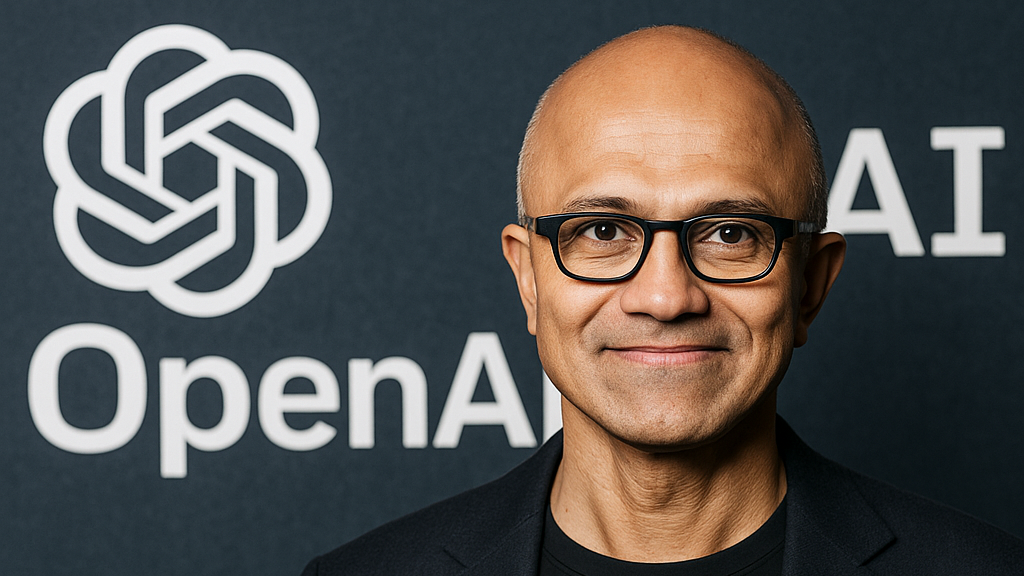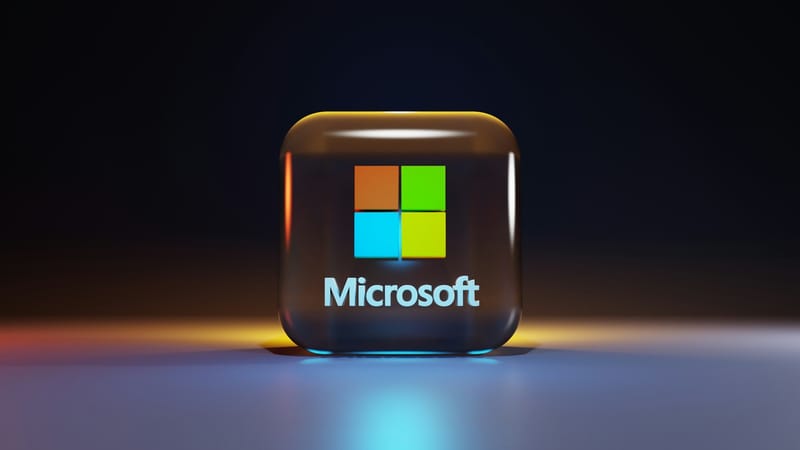Microsoft's Satya Nadella Lifts Lid On OpenAI Investment - Sort Of
When Microsoft chief executive Satya Nadella reflects on the company’s $1 billion investment in OpenAI, he describes it as both a risk and a turning point.

In a recent conversation with Jordi Hays and John Coogan at GitHub Universe, Nadella called the decision “an important area” and “risky,” but one that reshaped how Microsoft approaches artificial intelligence.
“It was not that hard to convince anyone that this is an important area and it’s going to be risky,” he said. “In fact, this is probably the place where that billion to ten billion happened.”
That “ten billion” has now become something far larger. According to Reuters, OpenAI is giving its long-time backer Microsoft a 27 per cent ownership stake worth about $135 billion, part of a restructuring that will allow the startup to become a for-profit public-benefit corporation. The deal values OpenAI at roughly $500 billion and clears the path for it to raise new capital while maintaining a controlling non-profit foundation.
From One Billion to Ten
Microsoft’s first $1 billion investment dates back to 2019, when it partnered with OpenAI to advance artificial general intelligence and make Azure its preferred cloud provider. At the time, Nadella described the decision as a high-stakes bet on the future of computing.
Since then, the partnership has deepened dramatically. Reports from Bloomberg and Reuters suggest Microsoft’s cumulative investment reached about $10 billion by 2023, fuelling the integration of OpenAI’s technology into Copilot, Bing Chat and Azure OpenAI Service.
Nadella told Hays and Coogan that the collaboration built “a world-class team” and drove innovation across “speech, image and text models.”
A Platform Mindset
Nadella has consistently described Microsoft’s role as enabling others rather than owning everything outright. “My mindset is all platform, man,” he said, emphasising that Microsoft’s goal is to provide the cloud and tooling on which the AI ecosystem can grow.
That philosophy underpins the company’s “intelligent cloud and intelligent edge” strategy, positioning Azure as the infrastructure behind many of the world’s most powerful AI systems.
The New Structure
Under the restructuring, OpenAI will shift from a capped-profit model to a for-profit public-benefit corporation, giving it more flexibility to attract investment while preserving a controlling non-profit arm. According to The Guardian, the change formalises OpenAI’s commercial ambitions and simplifies its complex corporate setup.
The updated deal also extends Microsoft’s access to OpenAI’s models and research through at least 2032, according to Associated Press.
What It Means
The 27 per cent ownership stake cements Microsoft as OpenAI’s largest outside shareholder and one of the most powerful players in global AI. Regulators in the US, UK and EU are already examining whether the partnership gives Microsoft an unfair edge in access to foundational models.
Still, Nadella’s reflections suggest no hesitation. What began as a $1 billion gamble has become a defining pillar of Microsoft’s strategy and a $135 billion position in the company leading the generative-AI revolution.






